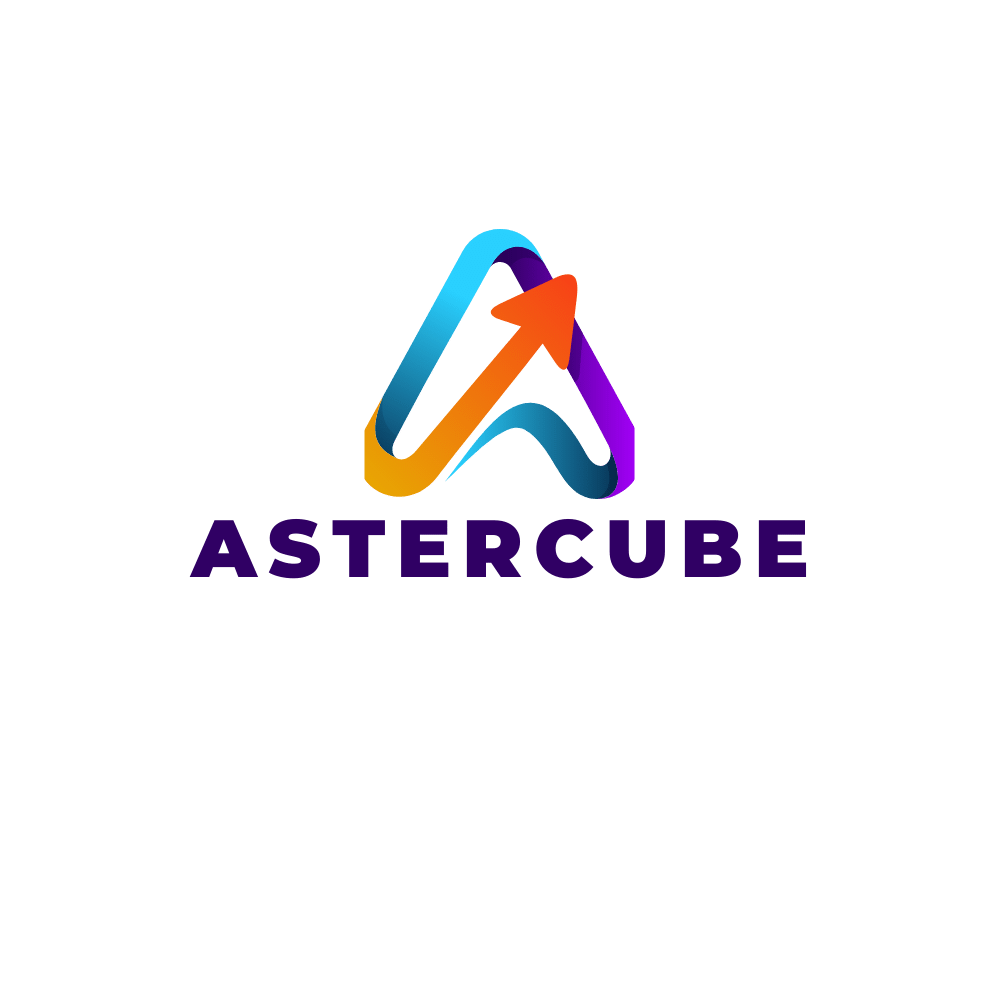Filing an income tax return can seem like a daunting task, but with the right tools and information, it doesn’t have to be. For residents of Canada, the process involves gathering all necessary documents and information to accurately report income and deductions to the Canada Revenue Agency (CRA). This checklist outlines the essential items you’ll need to prepare your individual income tax return and ensure a smooth and hassle-free tax season.
Social insurance number (SIN):
The first item on your tax return checklist is your social insurance number (SIN). This nine-digit number is used to identify you for tax purposes and must be included on your tax return.
Personal information:
You’ll also need to provide your full name, address, and date of birth. This information is used to verify your identity and ensure that your tax return is processed correctly.
T4 slips for employment income:
If you have received employment income during the year, your employer will provide you with a T4 slip. This slip shows how much you earned, as well as the income tax, Canada Pension Plan (CPP), and employment insurance (EI) contributions that were deducted from your pay.
T5 slips for investment income:
If you earned investment income during the year, such as interest, dividends, or capital gains, you will receive a T5 slip. This slip shows how much you earned, and you’ll need to report it on your tax return.
RRSP contribution receipts:
If you made contributions to a Registered Retirement Savings Plan (RRSP), you’ll need to provide receipts showing the amount contributed. You may be able to deduct your contributions from your income, which can reduce the amount of tax you owe.
Charitable donation receipts:
If you made charitable donations during the year, you’ll need to provide receipts for these donations. You may be able to claim a tax credit for your donations, which can reduce the amount of tax you owe.
Medical expense receipts:
If you incurred medical expenses during the year that were not covered by your provincial health plan or private insurance, you may be able to claim a tax credit. You’ll need to provide receipts for these expenses, such as prescription medications, dental work, and vision care.
Childcare expense receipts:
If you paid for childcare during the year so that you or your spouse could work, you may be able to claim a tax credit. You’ll need to provide receipts for these expenses, such as receipts from daycare providers or babysitters.
Rental income and expense receipts:
If you earned rental income during the year, you’ll need to provide documentation showing how much you earned and the expenses you incurred. These expenses may include mortgage interest, property taxes, and repairs.
Business income and expense receipts (if applicable):
If you are self-employed or own a business, you’ll need to provide documentation showing your income and expenses. You may also need to provide a statement of business activities.
Capital gains and losses (if applicable):
If you sold investments during the year, you’ll need to report any capital gains or losses. You’ll need to provide documentation showing the purchase and sale of the investments.
Any other relevant tax documents:
Depending on your individual tax situation, you may need to provide other documents, such as foreign income tax slips or rental property income and expense statements.
Wrap-Up
This guide provides a checklist to help Canadian residents file their individual income tax returns accurately and on time. With the right tools and attention to detail, anyone can successfully file their tax returns and stay in compliance with Canadian tax laws.

